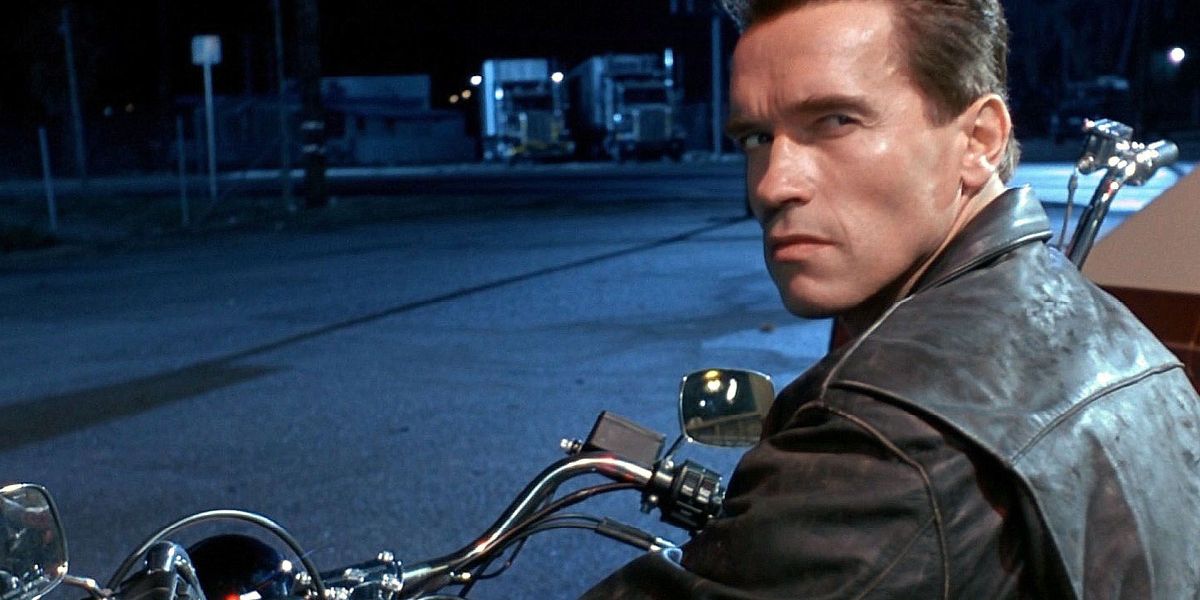
In the world of filmmaking, storytelling is not limited to just visual elements. The art of screenwriting plays a pivotal role in conveying emotions, themes, and character development.
One powerful literary device that screenwriters often employ is anaphora.
Anaphora can elevate your screenplay to a whole new level by emphasizing key ideas and creating a rhythmic, memorable experience by emphasizing key moments for the audience. But what is it, and how can you use it in your screenplays?
In this article, we’ll explore what anaphora is, provide clear examples, and discuss how you can use it effectively in your scripts.
Let’s get started.
What is Anaphora? Definition & Examples of Anaphorawww.youtube.com
Anaphora Definition
Anaphora, derived from the Greek word “anapherein” which means to carry back, is a rhetorical device that involves the repetition of a word or phrase at the beginning of successive clauses, sentences, or verses.
It is commonly used in literature, poetry, speeches, and, yes, even in film scripts.
Help Me Understand Anaphora
When I was writing this, I found the definition to be a bit vague, but when I saw this specific example, it made me understand the concept.
In Martin Luther King Jr.’s “I Have a Dream” speech, he uses this literary device to drive his point home. Check it out:
The speech reads, “I have a dream that one day this nation will rise up and live out the true meaning of its creed: ‘We hold these truths to be self-evident; that all men are created equal.’ I have a dream that one day on the red hills of Georgia, the sons of former slaves and the sons of former slave owners will be able to sit down together at the table of brotherhood. I have a dream…”
In this excerpt, Martin Luther King Jr. uses the phrase “I Have a Dream” as an anaphora.
It is repeated at the beginning of successive sentences to emphasize his vision of equality and justice. The repetition not only adds emphasis but also creates a rhythmic and memorable quality to the speech, making it one of the most iconic and powerful moments in history.
How Is Anaphora a Writer’s Secret Weapon?
As a writer, I’m always looking for little tricks or advantages that can help each scene pop on its own or just gather the audience in for the experience.
Anaphora serves several purposes, including creating emphasis, establishing rhythm, and reinforcing themes or ideas.
and there are a few more ways it can be seen as a writer’s secret weapon.
- Emphasis: Anaphora allows you to emphasize key points, themes, or emotions in your story. Repetition draws the audience’s attention and underscores the significance of the repeated elements.
- Rhythm: Anaphora can establish a rhythmic quality in your screenplay, making it more engaging and memorable. It creates a cadence that captures the audience’s attention.
- Theme: By repeating specific words or phrases, you can reinforce the central themes or ideas of your film. This helps in conveying your message effectively.
- Choose Your Words Wisely: Select words or phrases that are central to your story or character development. Make sure they resonate with the themes you want to emphasize.
- Consider Timing: Use anaphora strategically. It can be particularly powerful in pivotal moments, such as monologues, speeches, or emotional turning points.
- Balance: While anaphora can be a potent tool, don’t overuse it. Too much repetition can become tiresome for the audience. Use it judiciously to maintain its impact.
‘The Hunger Games’
Credit: Lionsgate
Examples of Anaphora in Film & TV
Anaphora is a powerful rhetorical device that can be found in film and television scripts. Here are some examples of anaphora in film and TV:
1. Dead Poets Society (1989):
- John Keating (played by Robin Williams): “Carpe Diem. Seize the Day..“
In this scene, John Keating repeats the phrase “Carpe Diem” (seize the day) to inspire his students to make the most of their lives. The anaphora reinforces the central theme of the film, encouraging the characters and the audience to live life to the fullest.
2. The Dark Knight (2008):
- The Joker (played by Heath Ledger): “Do I really look like a guy with a plan?”
The Joker’s anaphoric repetition of “Do I” highlights his chaotic and unpredictable nature, emphasizing his disregard for plans and order. This technique adds depth to his character.
3. The Wire (TV series 2002-2008):
- Omar Little (played by Michael K. Williams): “You Come At the King, You Best Not Miss.”
Omar Little’s repeated phrase “You come at the king” is a form of anaphora used to emphasize the consequences of challenging authority figures. It becomes a signature catchphrase for his character.
4. The West Wing (TV series 1999-2006):
- President Josiah Bartlet (played by Martin Sheen): “What’s next? What’s next? What’s next?”
President Bartlet’s anaphoric repetition of “What’s next?” is used in moments of reflection and decision-making. It emphasizes the continuous challenges and responsibilities of his role.
5. Gladiator (2000):
- Maximus (played by Russell Crowe): “My name is Maximus Decimus Meridius…”
Maximus repeats his identity and his determination for vengeance in this iconic scene, using anaphora to build intensity and convey his unwavering resolve.
6. Breaking Bad (TV series 2008-2013):
- Walter White (played by Bryan Cranston): “I did it for me”
In this monologue, Walter White repeats “I” to confess his true motivations for his actions. The anaphora underscores his transformation and his admission of self-interest.
These examples demonstrate how anaphora can be a powerful literary device in film and TV, helping to emphasize key themes, character traits, and emotional moments.
By carefully choosing words and using repetition strategically, screenwriters can harness the power of anaphora to craft more impactful and memorable stories.
So, the next time you’re working on your screenplay, consider incorporating this rhetorical device to elevate your storytelling to new heights.
Let me know what you think in the comments.
From Your Site Articles
Related Articles Around the Web














